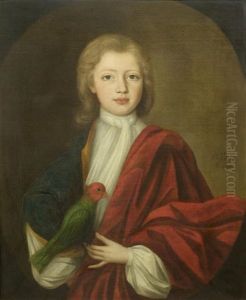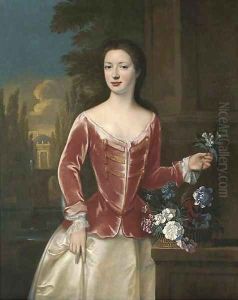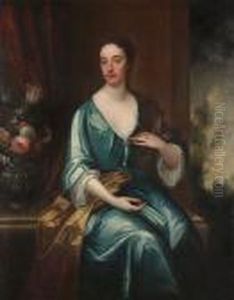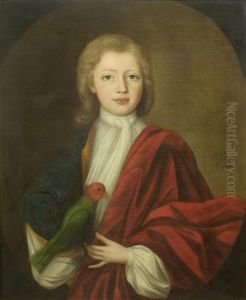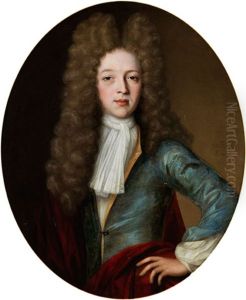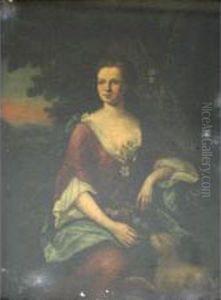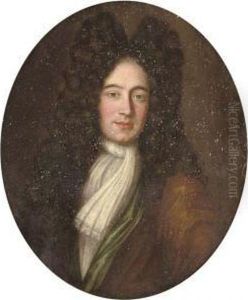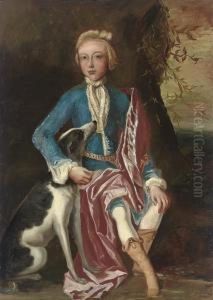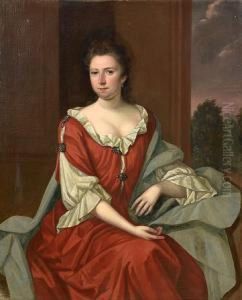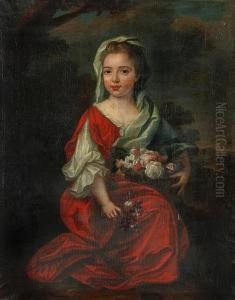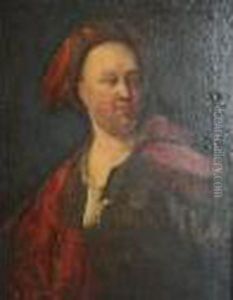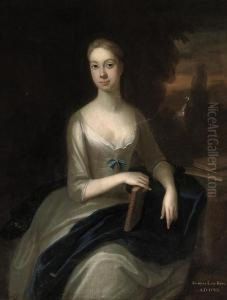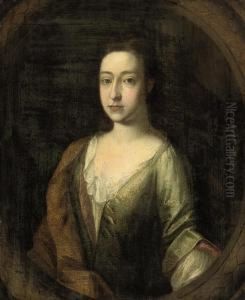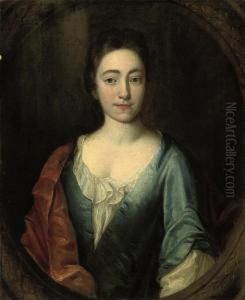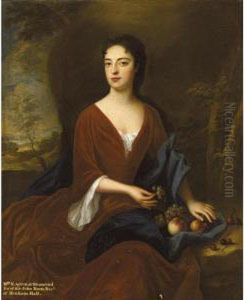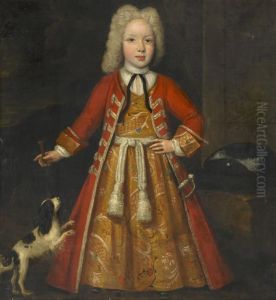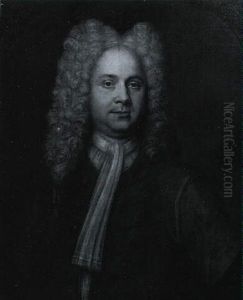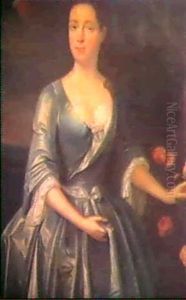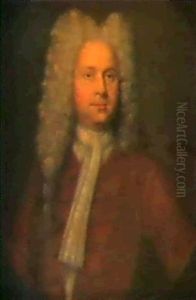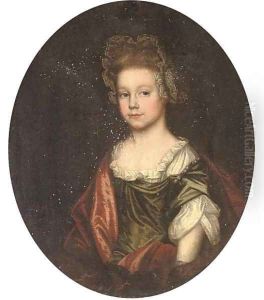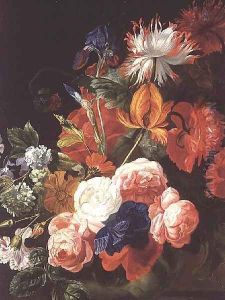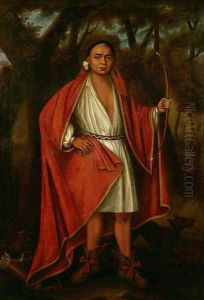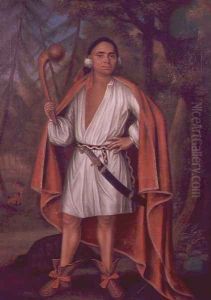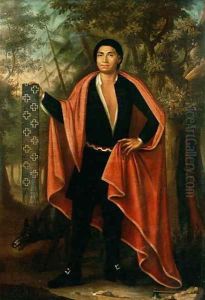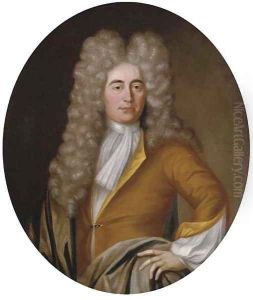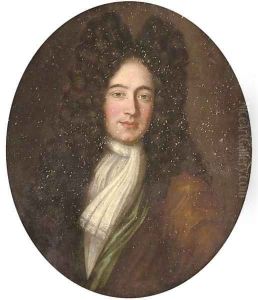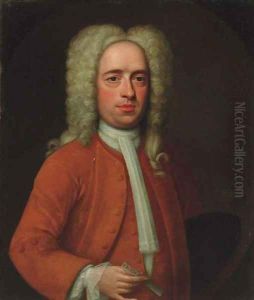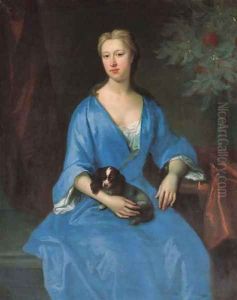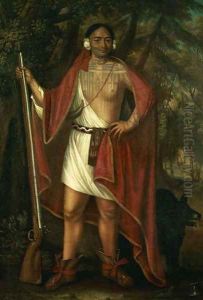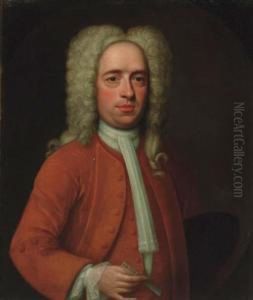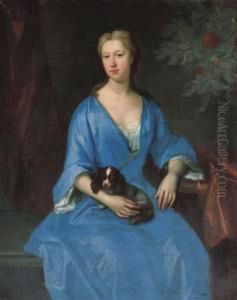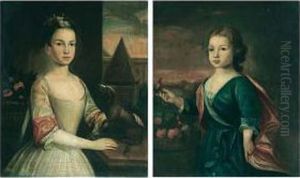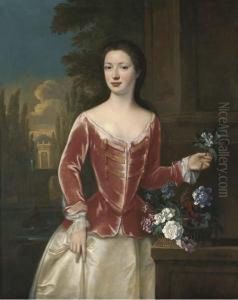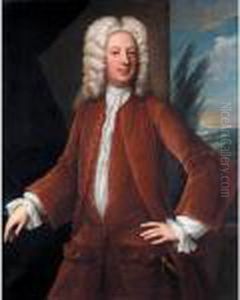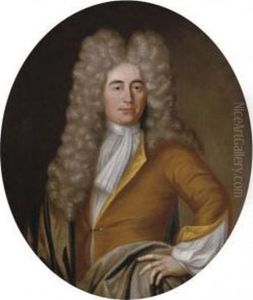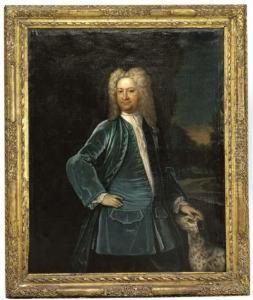Johannes or Jan Verelst Paintings
Johannes or Jan Verelst was a Dutch Golden Age painter who specialized in portraits and flower still lifes. He was born in 1648 in The Hague, Netherlands. His work is known for its exquisite detail, vibrant colors, and the realistic depiction of textures and materials. Verelst came from an artistic family; his father was the still-life painter Pieter Hermansz Verelst, and he had two brothers, Herman and Simon, who were also painters.
Johannes Verelst’s career flourished in the second half of the 17th century. Although initially influenced by the family tradition of still-life painting, he gained considerable fame for his portraiture. His portraits often included intricate details and lush fabrics that highlighted his skill in rendering different textures.
In the 1680s, Verelst moved to London, where he achieved significant success. He was patronized by the English aristocracy and even painted a portrait of King Charles II. His work was well received, and he became one of the prominent court painters in England during that time.
Verelst’s paintings are characterized by their elegance and the lifelike quality of the subjects. He often painted his subjects with a strong light source, creating a dramatic effect and enhancing the three-dimensional feel of his work. His flower paintings are also notable for their botanical accuracy and the ability to capture the transient beauty of the blooms.
Despite his success, little is known about Verelst’s later life. He died in 1734, leaving behind a legacy of work that continues to be appreciated for its technical skill and artistic beauty. His paintings can be found in various art museums and private collections around the world, serving as a testament to his talent and his contribution to the Dutch Golden Age of painting.
